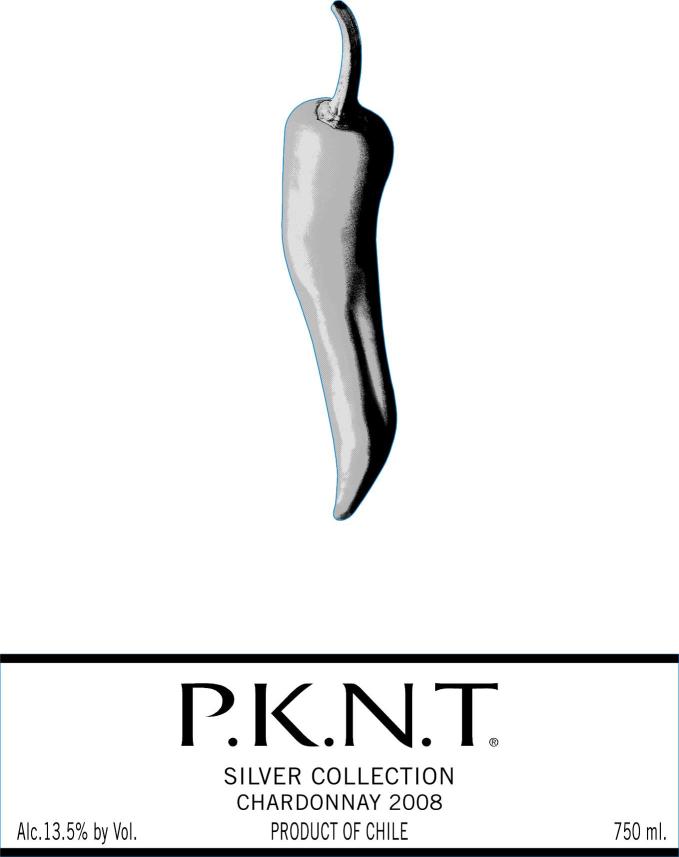2008 Maule Valley Chardonnay
The Pknt Silver Collection Chardonnay from the 2008 vintage is a stunning representation of what the Maule Valley can produce. This delightful white wine showcases a full-bodied character that envelops the palate with its creamy texture. The bright acidity adds a refreshing lift, making it incredibly food-friendly for a variety of dishes. With a prominent fruit intensity, expect to find lush notes of ripe apple and pear, seamlessly complemented by subtle hints of vanilla and toasty oak from the careful aging process. The wine remains dry, ensuring a clean finish that invites another sip. Overall, this Chardonnay stands out not only for its rich flavor profile but also for its elegant balance, reflecting the unique terroir of the Maule Valley.
The Pknt Silver Collection Chardonnay from the 2008 vintage is a stunning representation of what the Maule Valley can produce. This delightful white wine showcases a full-bodied character that envelops the palate with its creamy texture. The bright acidity adds a refreshing lift, making it incredibly food-friendly for a variety of dishes. With a prominent fruit intensity, expect to find lush notes of ripe apple and pear, seamlessly complemented by subtle hints of vanilla and toasty oak from the careful aging process. The wine remains dry, ensuring a clean finish that invites another sip. Overall, this Chardonnay stands out not only for its rich flavor profile but also for its elegant balance, reflecting the unique terroir of the Maule Valley.




